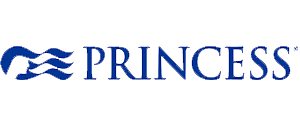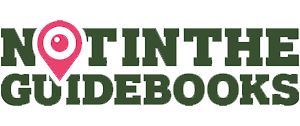Each of the huts covers a different aspect of the war and there is a one way circuit through them. Photography inside the huts is difficult for many reasons – poor lighting, people getting in the way, inability to stand far enough back to get a photo, and many scenes are set behind glass with bars across….
This is very much an overview of some of the exhibits that particularly caught my attention. There is more information about the different huts “here.”:https://www.edencamp.co.uk/discover/
The U boat Menace and the start of Rationing
Merchant shipping was essential to maintain a supply of food and raw materials, but many ships were sunk by German u-boats. This hut contains a mock up of the inside of a German u-boat giving a real feel for the claustrophobic conditions men worked in.
With increasing numbers of merchant shipping being sunk by U boats, the Ministry of Food was set up to introduce and organise a scheme of rationing in 1940 . This was designed to avoid the problems of inflation, shortages and distribution seen in WW1 when naval blockades reduced supplies. It ensured everyone had their fair share and prices were controlled to stop profiteering. Food was only rationed if the Government were sure they could guarantee meeting the ration. Items like fish were never rationed. The population were also encourage to eat food that could be produced in Britain and to grow their own, with the “Dig for Victory”:http://live.staticflickr.com/6117/6360976989_76c92eee02_b.jpg campaign. Many households kept chickens and may even have kept a pig.
Everyone had to register with a local trader to supply their weekly ration, which was in exchange for the appropriate coupons.
Bacon, sugar and butter were the first to be rationed in January 1940, followed later by meat, margarine, jam, marmalade, cheese and sweets. Eventually most foods were covered by rationing with the exception of fruit and vegetables.
The normally weekly ration was
4oz bacon and ham
other meat to the value of 1 shilling and 2 pence
2oz butter
40z margarine
2oz cheese
4oz cooking fat
8oz sugar
20z tea
1lb jam or honey every 2 months
3 pints milk
1 fresh egg every two weeks plus an allowance of dried egg
3 pints milk.
Everyone had to register with a local trader to supply their weekly ration, which was in exchange for the appropriate coupons.
Restrictions caused by rationing and short supply of goods lead to the development of the black market and ‘Spivs’ were keen to fill the gap with items that had miraculously fallen off the back of a lorry or pheasants that had fallen out of trees. Although cigarettes and alcohol were never rationed but shortages meant they were often acquired by the Black Market. Goods were sold out of suitcases.
The Ministry of Food investigated claims against those suspected of being involved and penalties were sever – a £500 fine or possible two years in prison.







